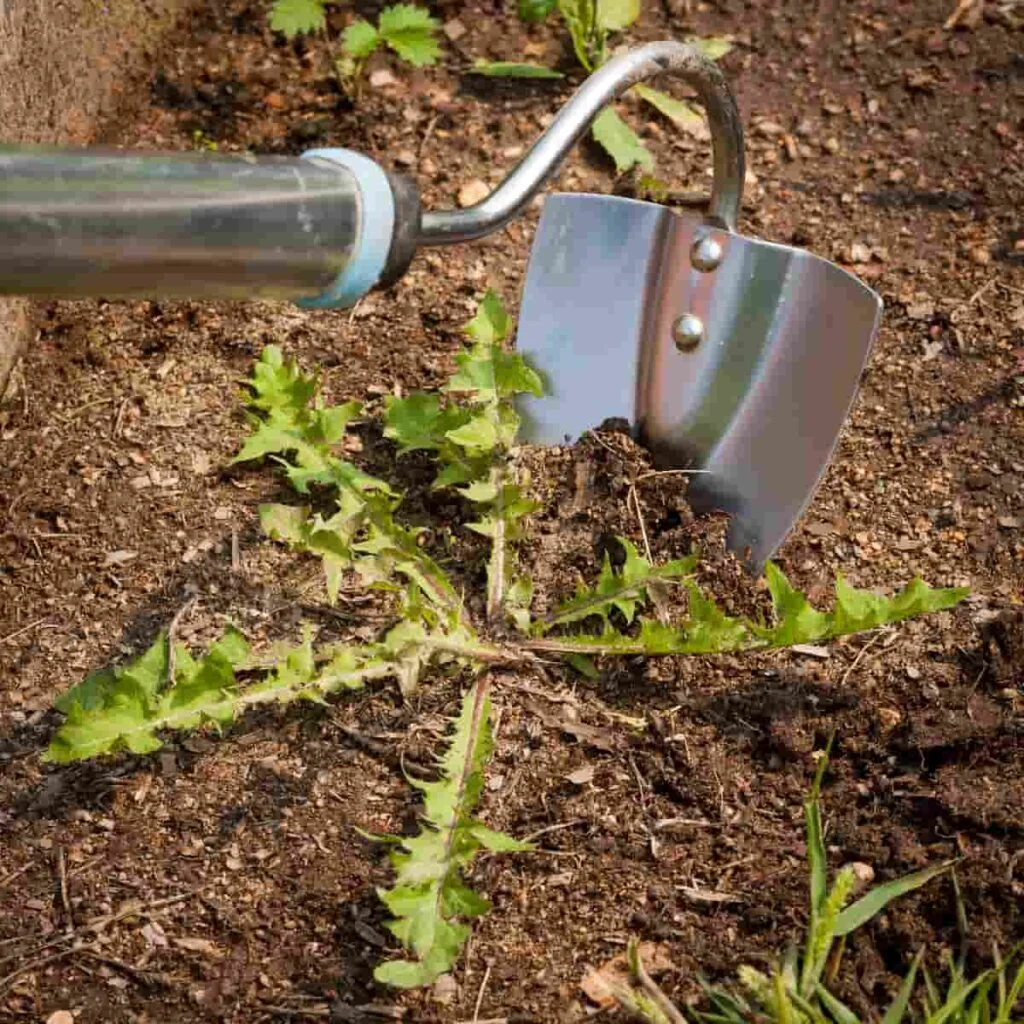If you kept track of every hour spent in your garden, you’d undoubtedly discover that you spend far too much time weeding.
While breaking up these pests can be moderately pleasurable for the first few weeks, the task quickly becomes tedious. Even more frustrating, you’re only six simple methods away from your garden being weed-free.
What exactly is it? Isn’t it true that weeds are necessary in a garden? Weeds are nature’s restorative cure for damaged, plantless areas, but weeds and gardeners have different ideas about what constitutes a successful recovery.
You can win every future conflict with a greater understanding of weeds and the techniques given here, giving you more time to enjoy your garden.
Don’t disturb dormant weeds
Weed seeds are found in every square inch of your garden, but only those in the top inch or two of soil receive enough light to germinate.
Because digging and cultivating bring concealed weed seeds to the surface, consider that weed seeds are lurking under the surface, ready to explode like ants from an angry anthill whenever you open a patch of ground. Only dig when absolutely necessary, and quickly plant or mulch the affected area.
Instead of digging out dandelions and other lawn weeds, slice through their roots with a sharp knife with a narrow blade to break their feed source, minimising soil disturbance. It’s important to remember that weed seeds can be dormant for a long time.

Mulching is crucial
Mulch helps plants by keeping the soil cool and moist while also preventing weeds from getting light. Crickets and carabid beetles, for example, can live in organic mulches and hunt for and eat thousands of weed seeds.
Some light passes through thick mulches, and you’ll often discover weed seeds laced into the mulch after it’s too late. It’s critical to replace the mulch as needed to maintain a depth of around 2 inches (more than 3 inches deep can deprive soil of oxygen). In any event, weeds can be kept at bay by covering the soil’s surface with a light-blocking piece of cardboard, newspaper, or biodegradable cloth, then topping it with a nicer mulch.
If you need some ideas about what to read next, here they are:
- How to detect dull Chainsaws?
- The Various Uses and Types of Chainsaws
- How to stay safe while using Chainsaws?
Weed when it’s the most suitable
Prepare for a satisfying weeding session after a downpour by putting on gloves, a sitting pad, and a trug or tarp to collect the corpses.
Slip an old table fork into your back pocket as you walk out the door because there’s nothing better for twisting out henbit or chickweed tendrils. Use a fishtail weeder to pry up taprooted weeds like dandelion or dock when going after bigger thugs.
Weeds chopped off just below the soil line shrivel up and die quickly in dry weather, especially if your hoe has a keen edge. Use an old steak knife to remove weeds from their roots in mulched beds, then fix any open places in the mulch.
Lop off heads
If you can’t get rid of weeds, the next best thing is to cut their heads off. Deadheading annual weeds buys you a few weeks until the weed “seed shower” arrives.
Cutting back the tops of perennial weeds, such as bindweed, limits reseeding and pushes them to deplete their food reserves and root buds, restricting their spread.
To pull down towers of ragweed or poke, you’ll need pruning loppers, or you can use a string trimmer with a blade attachment to chop thorny thistles or brambles to nubs. Chopping down weeds before they go to seed, regardless of whatever method you choose, will help keep them from spreading.
Reduce space
By shadowing the soil between plants, close plant spacing chokes out budding weeds. Instead of polka dots of widely spread plants, you can design with mass plantings or in drifts of tightly spaced plants to prevent weed-friendly gaps from the start. Typically, you can take off roughly 25% of the recommended gap.
Deprive weeds of water
By depriving weeds of water, you may turn the drought to your advantage. Plants are effectively irrigated by placing drip or soaker hoses beneath mulch, while surrounding weeds are thirsty.
Depriving weeds of water inhibits weed seed development by 50 to 70% in most regions. However, keep an eye out for the growth of firmly established perennial weeds like bindweed and nutsedge in damp regions. When given the advantages of drip irrigation, they can take off in a hurry.
